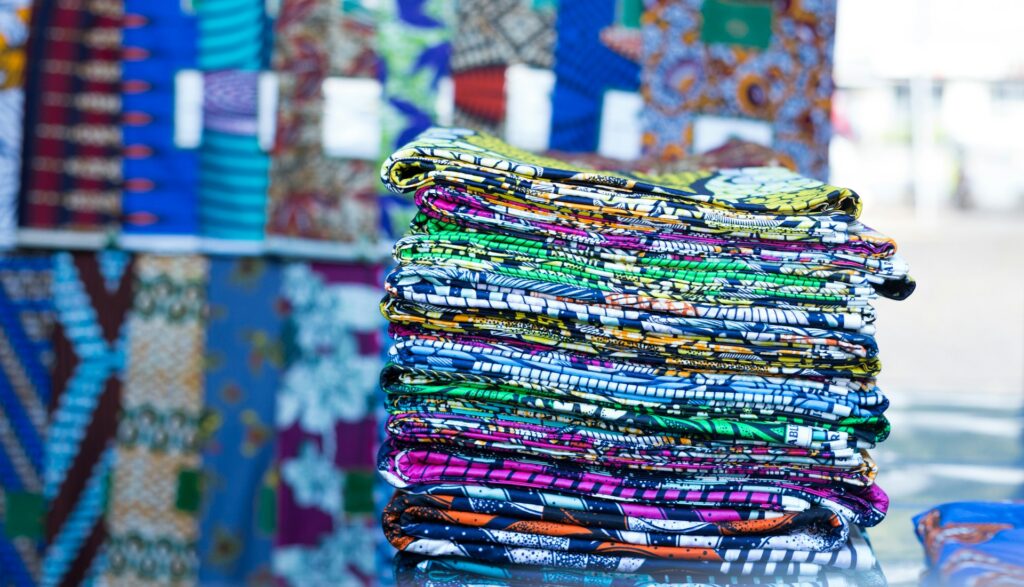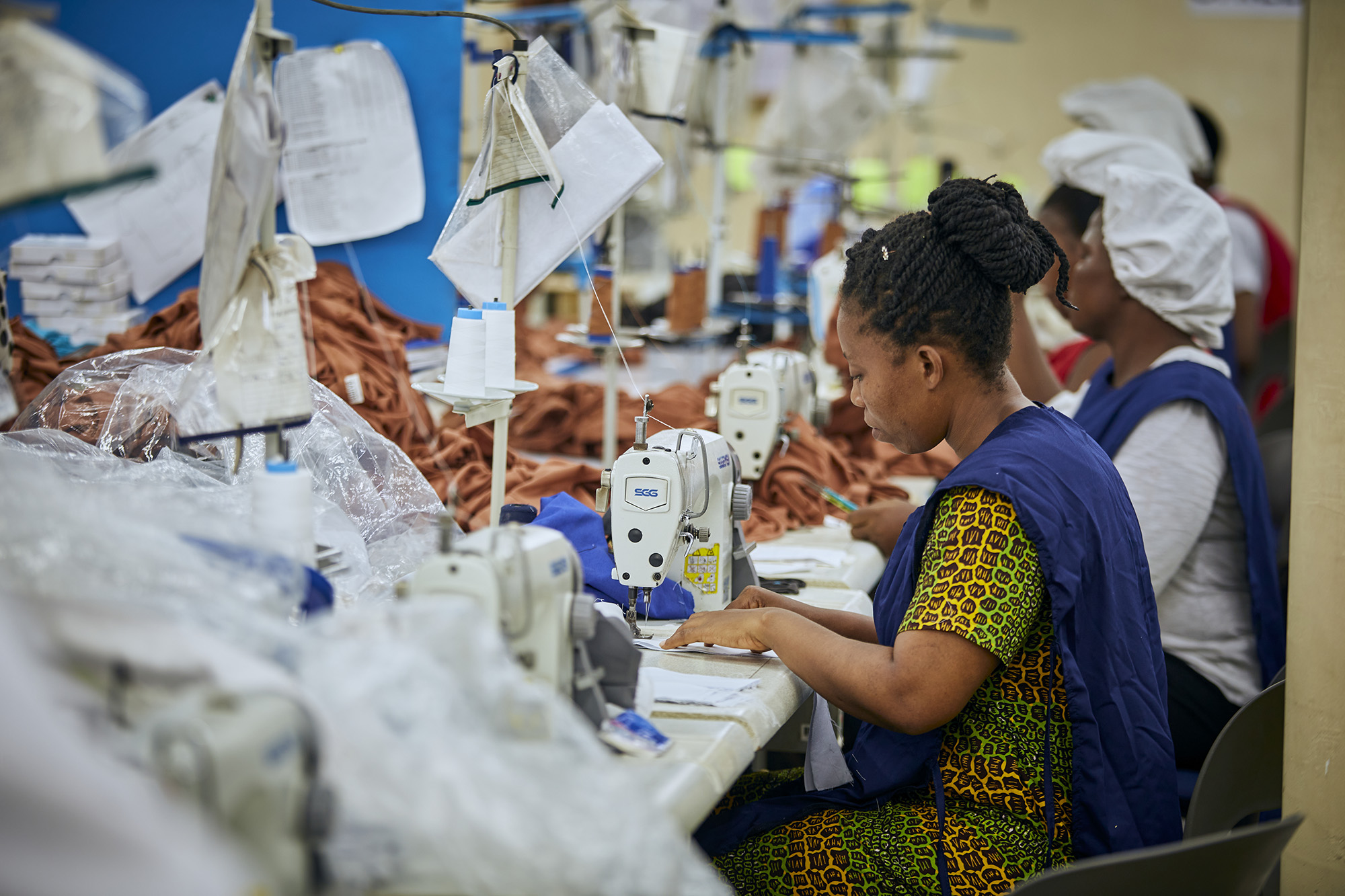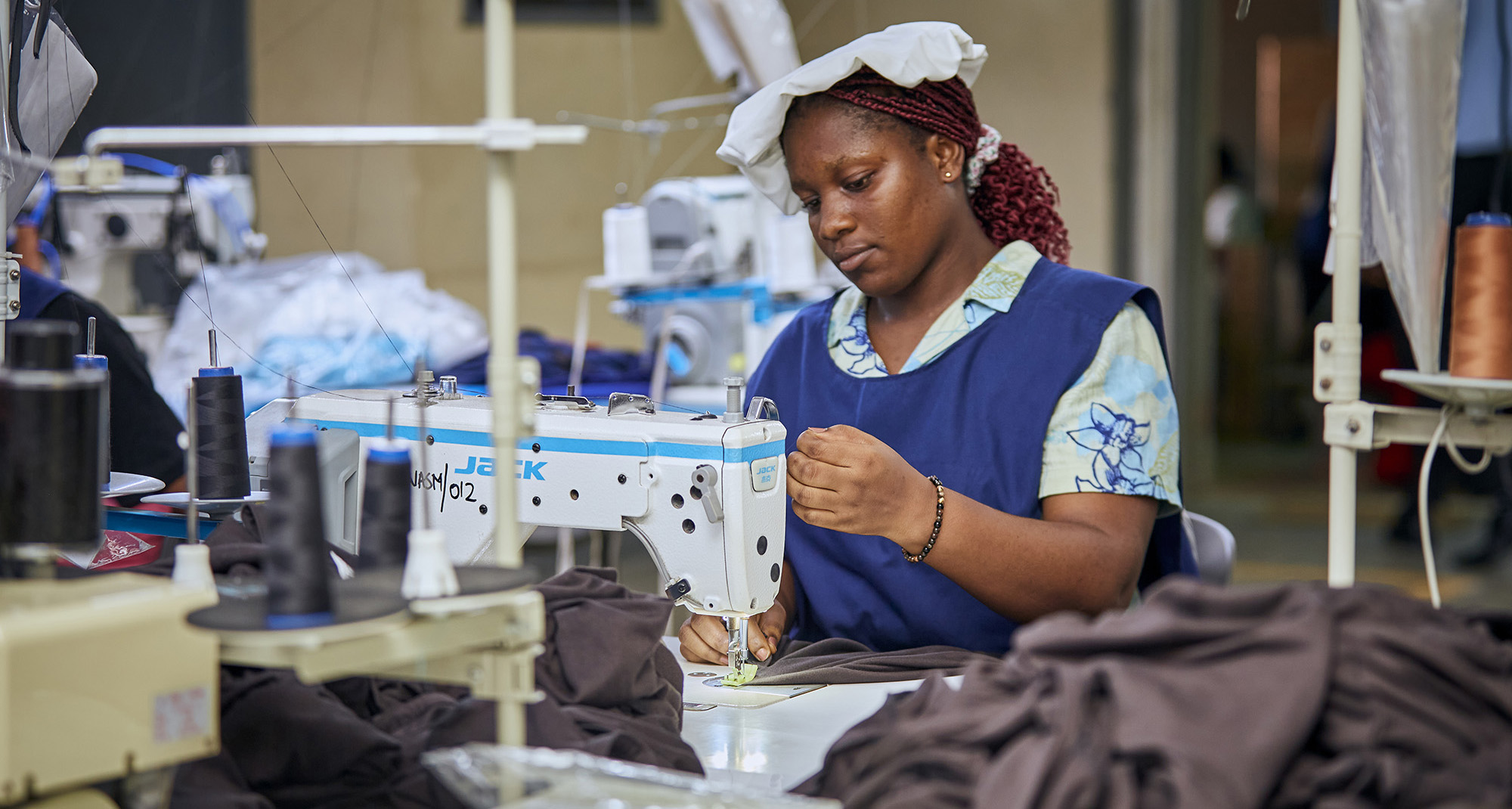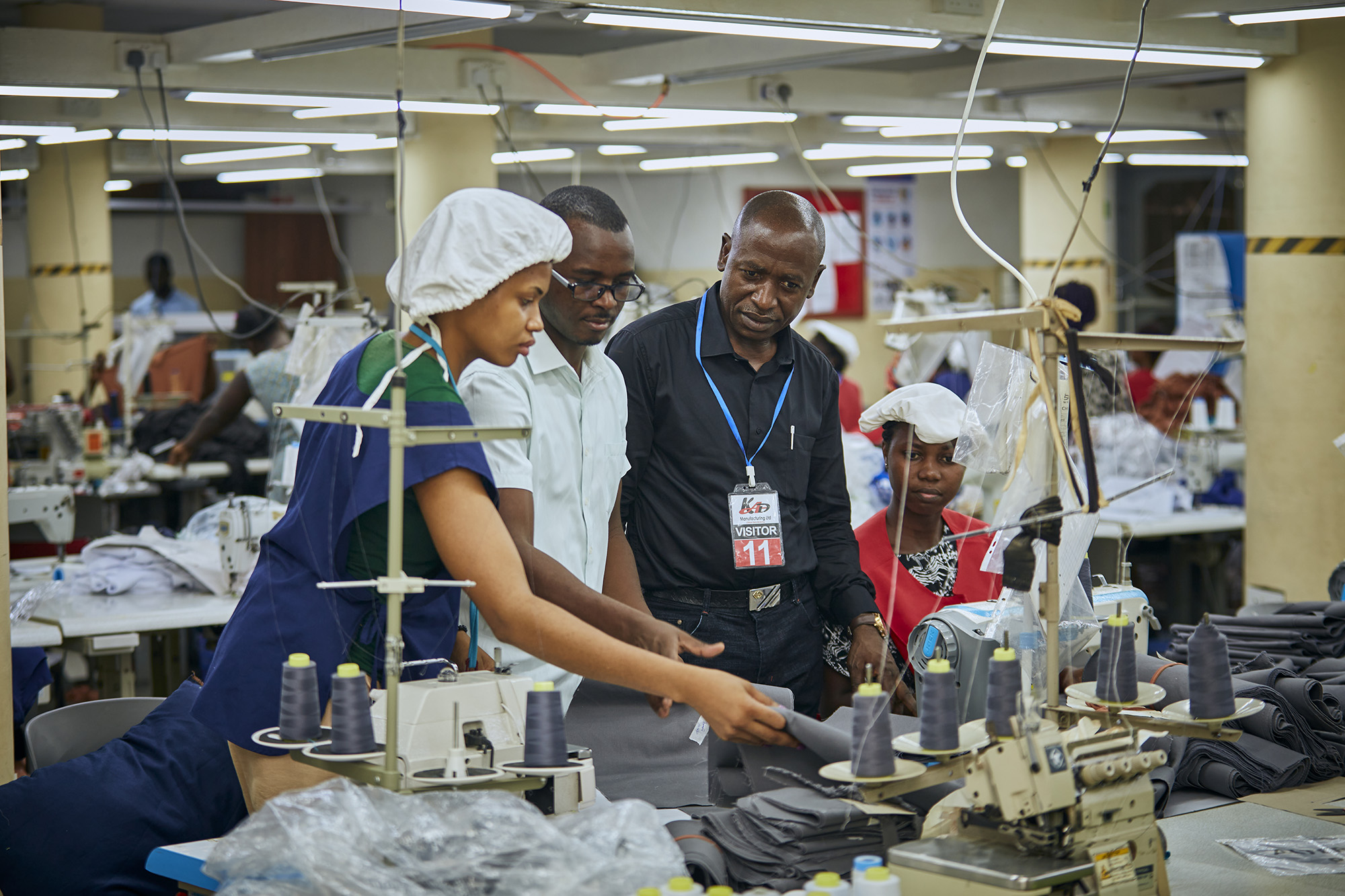West Africa produces 60% of Africa’s cotton but transforms less than 5% into value-added products. Most textile demand is met by Asian imports, valued at $11 billion in 2023. However, increasing investments in production capacity, such as Arise IIP’s industrial parks in Benin and Togo and financing from institutions like Afrexim Bank and IFC, are changing the landscape.
Ghana has tariff-free access to three key export markets—the EU, US, and ECOWAS—with a total value of $298B, dwarfing its national market of ~ $2B.
Ghana also benefits from initiatives like the ‘Partenariat pour le Coton’, launched by the World Trade Organisation and partners to develop the T&G industry in West Africa. The International Finance Corporation (IFC) approved $8 million in funding for a large garment manufacturing facility in Greater Accra in 2022, supporting Ghana’s ambition to become a regional T&G hub. DTRT Apparel Group, the largest garment manufacturer in West Africa, employs over 5,000 workers and aims to create an additional 6,000 jobs.




